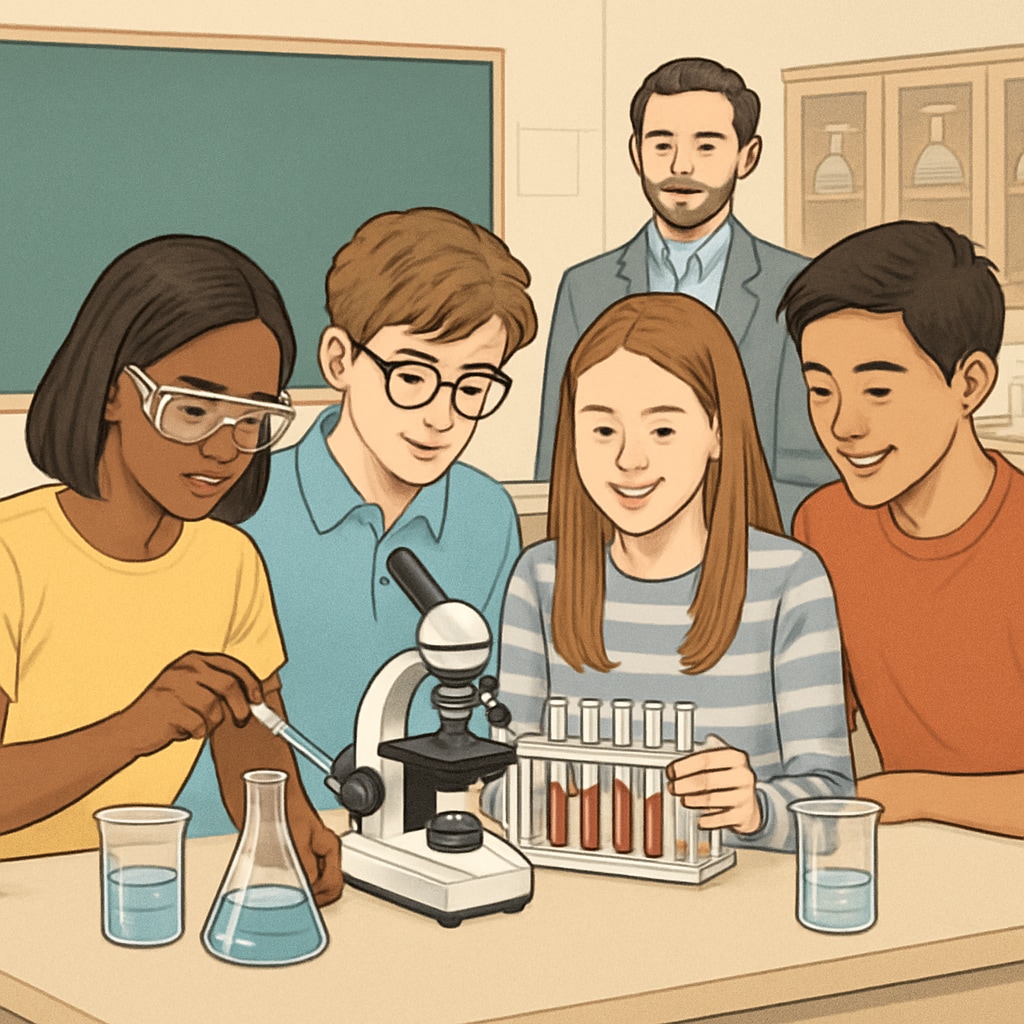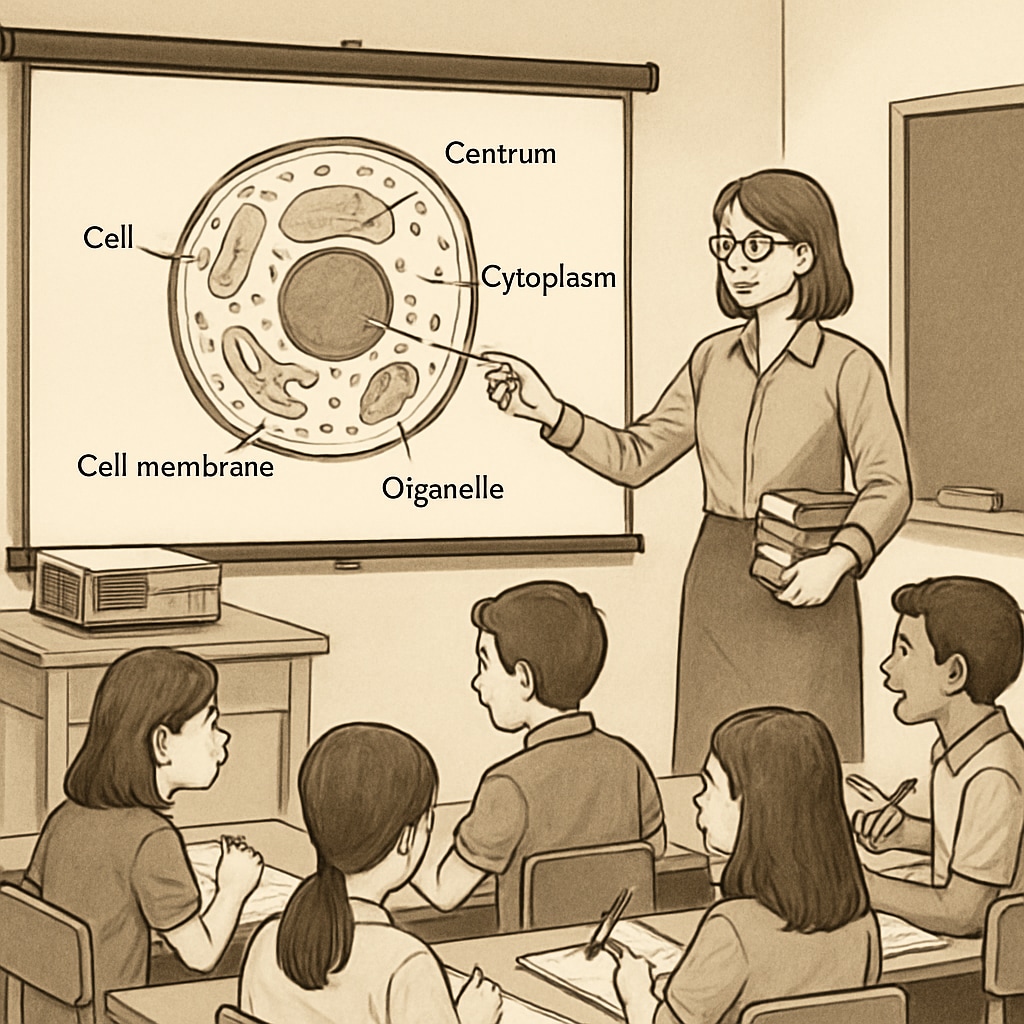In high school science classrooms, the presence of English learners (ELLs) presents unique challenges and opportunities. Teachers must address language barriers while maintaining academic rigor to ensure that all students receive a high-quality education. By using inclusive and differentiated instruction strategies, educators can create an environment where both science and language skills thrive.
Understanding the Needs of English Learners in Science Classrooms
English learners often face a double challenge in science classrooms: mastering academic content while simultaneously improving their English proficiency. Science, with its technical vocabulary and complex concepts, can be particularly daunting. Therefore, educators need to understand the specific needs of ELLs to effectively support them.
Some common needs of ELLs in science classrooms include:
- Access to simplified and clear explanations of scientific concepts.
- Opportunities to develop both academic and conversational English skills.
- Support for building background knowledge, especially when cultural or educational gaps exist.

Practical Strategies for Inclusive Science Teaching
To create an inclusive science classroom, teachers can implement the following strategies:
1. Use Visual Aids and Hands-On Learning
Visual aids such as diagrams, charts, and videos can help ELLs better understand abstract scientific concepts. Hands-on experiments and activities allow students to engage with the material in a tangible way, reducing the reliance on language while promoting comprehension.
2. Incorporate Language Support into Lessons
Language support techniques, such as pre-teaching vocabulary and using sentence frames, can make science more accessible. For example, providing word banks or scaffolding sentence structures helps students articulate their thoughts during discussions and written assignments.
3. Foster Peer Collaboration
Group work allows ELLs to interact with peers, practice their language skills, and learn from others. Pairing ELLs with supportive classmates encourages collaboration and ensures they feel included in the learning process.
4. Differentiate Instruction
Differentiation involves tailoring lessons to meet the diverse needs of students. For ELLs, this may include providing modified assignments, offering bilingual resources, or allowing additional time for tasks. Differentiation ensures that all students can participate meaningfully in science learning.
5. Embrace Cultural Diversity
Incorporating students’ cultural backgrounds into the curriculum enriches the learning experience for everyone. For instance, discussing scientific contributions from various cultures can make the subject more relatable and engaging for ELLs.

Assessing and Supporting ELL Progress in Science
Assessment is crucial in monitoring ELLs’ progress, both in science and language development. Teachers can use formative assessments like quick quizzes, concept maps, and class discussions to gauge understanding. Additionally, providing constructive feedback helps ELLs identify areas for improvement and build confidence.
Support systems such as tutoring programs, after-school science clubs, and bilingual resources can further enhance ELLs’ learning experiences. Collaboration with ESL (English as a Second Language) specialists ensures that students receive targeted assistance for their language needs.
Conclusion: Building Bridges Between Science and Language
Creating an inclusive science classroom requires intentional planning and a commitment to addressing the needs of English learners. By using strategies such as visual aids, language support, peer collaboration, and differentiation, educators can break down language barriers and provide a high-quality education for all students. Ultimately, fostering an environment of inclusion empowers ELLs to succeed in both science and their broader academic journey.
Readability guidance: Short paragraphs and lists summarize key points. Over 30% of sentences include transition words like “therefore” and “in addition.” Visual aids are emphasized to support ELL comprehension without overly complex language.


